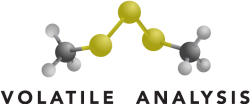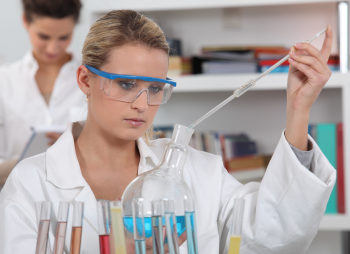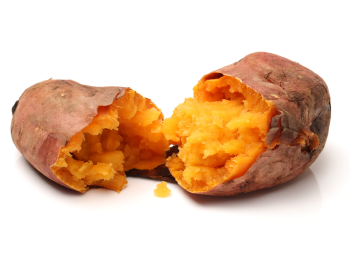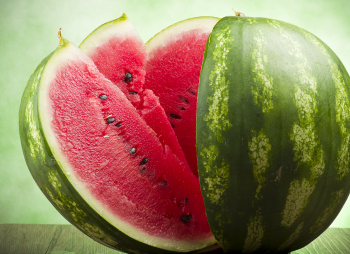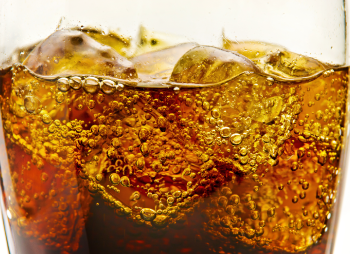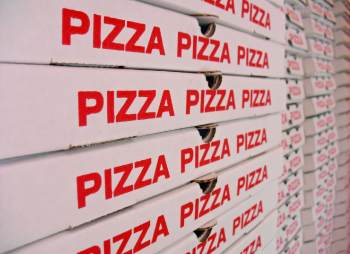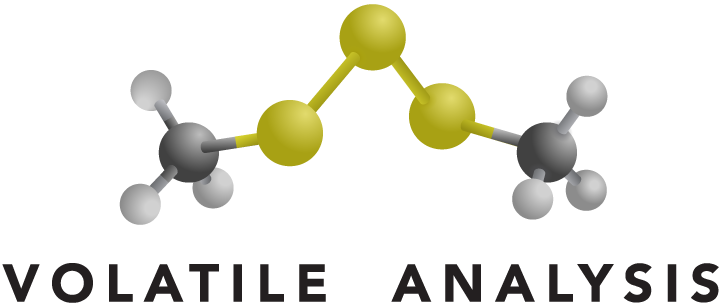
Case Studies
Food and Beverage Odor Amelioration Efficacy
Measuring the effect of odor ameliorating “actives” in foods: Aqueous solutions that contained food related odors identified as commercially important were treated separately with ameliorating substances. How well the added substances worked to decrease odor in a model solution was determined by measuring headspace concentrations of odorants before and after...
Odorous Compounds from Sweet Potatoes
A method was developed and tested to identify and measure volatile components generated from sweet-potato bread as it baked for the purpose of determining if hazardous chemicals identified by the National Space and Aeronautical Agency (NASA)’s maximum allowable concentrations list (SMACs) were present. A 14.5kL enclosed chamber made of polyethylene...
Volatiles from different varieties of watermelon
Volatile and semi-volatile compounds were extracted by stir bar sorptive extraction from watermelon puree and headspace obtained from 4 different varieties. Analysis was conducted by gas chromatography mass spectrometry. More than 36 compounds were detected. 10 were positively identified with authentic standard confirmation. The compound present in greatest abundance varied...
Carbonated beverage sulfur off-odor
A sulfur off-odor was reported in specific lots of diet cola. The client was unable to successfully identify the chemical nature of the odorant and samples were sent to VAC for further analysis. Upon receipt at the VAC lab, sulfur odor was noticeable upon simple organoleptic analysis of the diet...
Identification of Off-Odors in Corrugated
Organoleptic assessment revealed overall aroma intensity of the suspect corrugated was similar in character, but stronger than normal. Upon headspace volatile extraction with a proprietary device equipped with thermal desorption tubes, and analysis by GC-MS/O, and GC-MS, it was determined there were 3 furan species extracted from suspect corrugated sample...
